With the colder days approaching us like a flash, we all know how important layering is. Shopping for sweaters, jackets, hence thicker versions of all clothing essentials might have started already. While some may love the concept of layering one thick layer over the other, a few like ourselves would like to feel a bit freer. There are women who feel burdened with the weight of so many layers. This is common for those who have to go out to work every day. For these women, there is a more elegant and graceful alternative that might relieve some burden off their shoulders which is Cashmere.
Cashmere is a fine animal hair that grows as a down fibre to Cashmere goats. It is acquired from the goats and processed to come up with luxury wraps - shawls, stoles, or scarves. These accessories are super fine, lightweight, and warm, and definitely something to choose in winter and fall. It was the Cashmere wrap that was donned by Empress Josephine in the 18th century. This revolutionized the world of fashion and drove everyone towards Cashmere wraps. Since then, these luxury wraps had no turning back, and have been a royal favourite through centuries.
What is Cashmere?
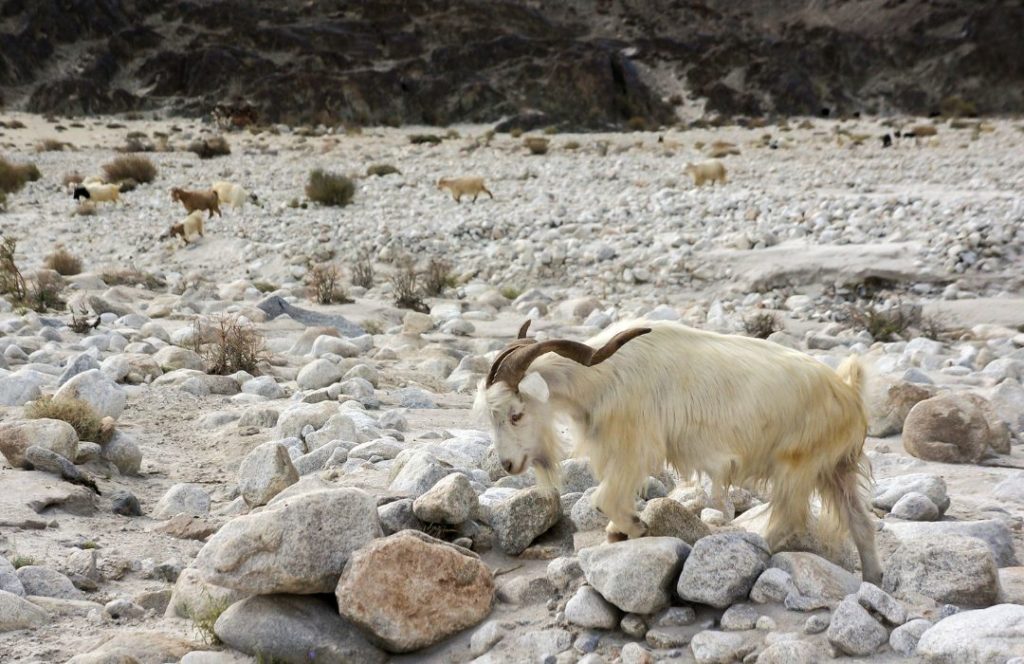
Cashmere comes from the underbelly of a peculiar goat species. The goats are found on the high plateaus of the Himalayan range. The Ladakh region of Jammu and Kashmir houses these goats and this species gives the finest Cashmere, owing to their surroundings. This cold and Arid zone is also known as the land of high passes. It extends from the Siachen Glacier in the Karakoram range to the main Great Himalayas to the south. The area is inhabited by people of Indo-Aryan and Tibetan descent. They are a nomadic, tribal population, whose primary activity is rearing animals. One among those animals is the Cashmere-producing goats.
Cashmere goats found in Ladakh grow the finest of all varieties of this fine wool. These goats (locally called Changthangi goats) which are the pride of this cold and arid region, produce exceptionally fine and lightweight fibre whose diameter is just 12 to 16 microns. Hence, after processing this variety, a luxury assortment of super fine and beautiful shawls/wraps and scarves are produced.
Cashmere is immensely fine. Precisely speaking, it is ¼ the size of human hair and holds a Guinness Book of World Record of being the “Costliest fiber in the world”. This comes after the ban imposed on the Shahtoosh – the finer-than-Cashmere fiber produced by the Tibetan Antelope.
A single goat produces about 150 grams of fine wool per year. To make a shawl of measurement 200×100 cm on average 3-4 goats are needed, adding to the reason for the wool’s exorbitant cost.
Processing Cashmere
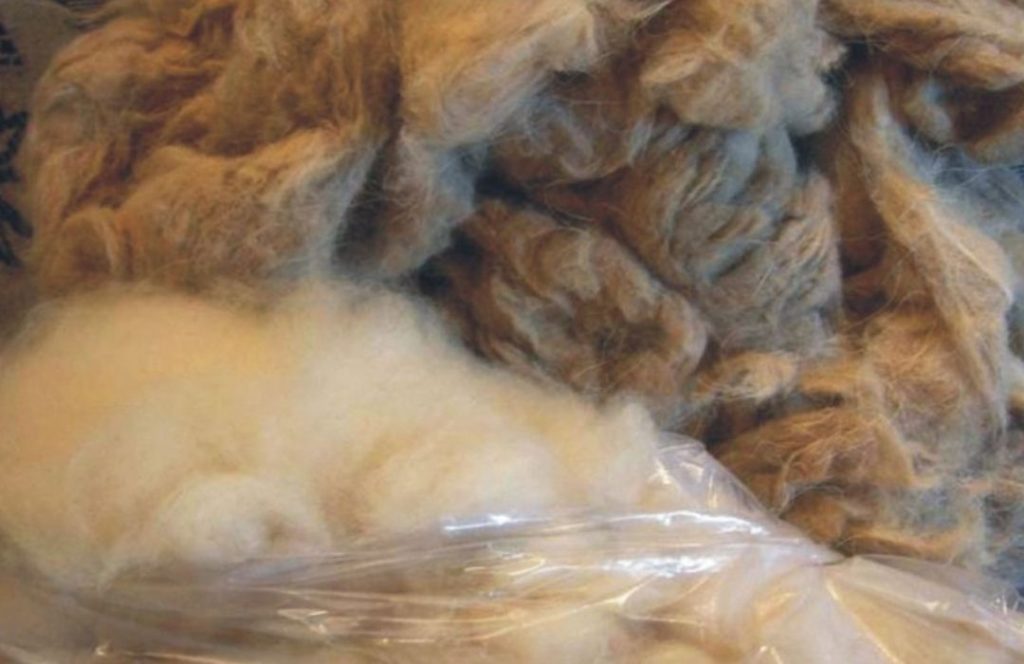
Raw Cashmere is available in lumps after the herders of Changthangi goats acquire the same. The animal loses much of it naturally, and the rest of it is gently combed off in the summer season by its herders or professionals if required. This is packed in small pouches and set to Kashmir, where expert experienced artisans await its arrival.
To start with, these wool lumps are first cleaned. Post cleaning, these are sent for spinning, which is manually done over a wooden spinning wheel. After the fibre is spun, it is transformed into fine long threads which are later hand woven to produce fabric. This is the fabric, which is long awaited by sellers as well as consumers.
It takes from a few weeks to a few years when it comes to produce Cashmere shawls and wraps. If the wrap is smaller in size and plain, it will be handwoven in just a few days. But if the shawl size is larger (like men’s shawls), then weaving might take weeks. Moreover, if the wraps are patterned these will take months. But if the wraps are to be hand embroidered or Kani woven, then the average wait for those extravagant items would be four to five years.
What is Pashmina?
If one visits Kashmir in search of Cashmere shawls, he/she will find people calling them by a different names. These shawls are called Pashmina shawls in Kashmir. This caused mass confusion among many, and people wondered if Cashmere and Pashmina are the same. Or if these two terms depend on each other. What is the reality, we found out.
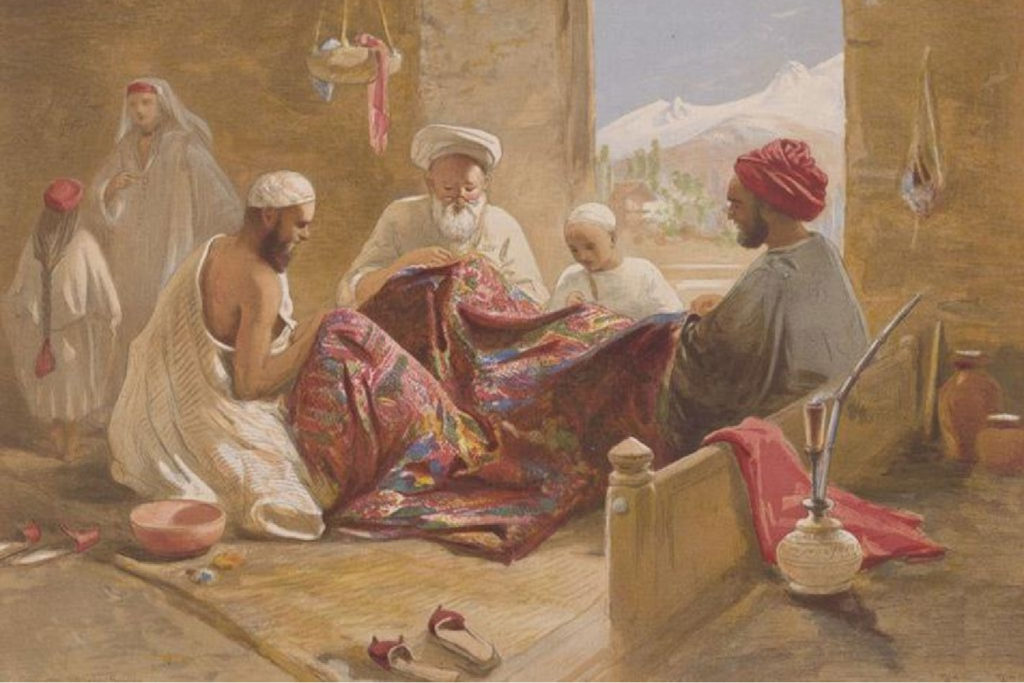
When Europeans traveled to Kashmir, at the beginning of the 18th century, they discovered this luxury wool, which was called Pashm locally. They purchased a few hundred of these but rather than calling these by their local name, they called the shawls Cashmere (which they would pronounce Kashmir). With time, Cashmere became better known in Europe and even locally because Europeans were more in number and more influential than the locals. Hence their word spread far and the wool came to be known as Cashmere. Hence Cashmere wraps were wraps made from Cashmere wool.
Pashmina on the other hand was the art of converting this raw wool into luxury wraps. So, locals knew the shawls as Pashmina shawls made from Cashmere wool, and Europeans and the west, in general, called these Cashmere wraps.
Also read: KASHMIRI SHAWLS IN MID-VICTORIAN NOVELS
Definitions of Cashmere and Pashmina
The definitions of both these terms will further ease their explanation:
Pashmina is the art of handcrafting luxury shawls from the finest fibre in the world. The fibre used to make Pashmina shawls is found on the underbelly of a Ladakhi goat. It is locally known as "Pashm" which is the Persian term for "soft gold". The western world calls it Cashmere
Cashmere, hence, is the soft, fine, and warm yarn out of which Pashmina shawls are made. It grows on the underbelly of the Ladakhi goat - called the Changthangi goat - which is found on a dry and arid plateau in Ladakh. The goat grows raw wool in winter which is combed off its body in spring to process it and handcraft luxury Pashmina shawls.
Is Pashmina warmer than Cashmere?
Cashmere yarn is a natural fibre and is exceptionally warm and soft. This makes Pashmina shawls the warmest of all wrap accessories ever. It is believed that if you wear a Pashmina shawl, you do not need to put on layers of sweaters and jackets in the fall and early winter days.
Fake products in the market
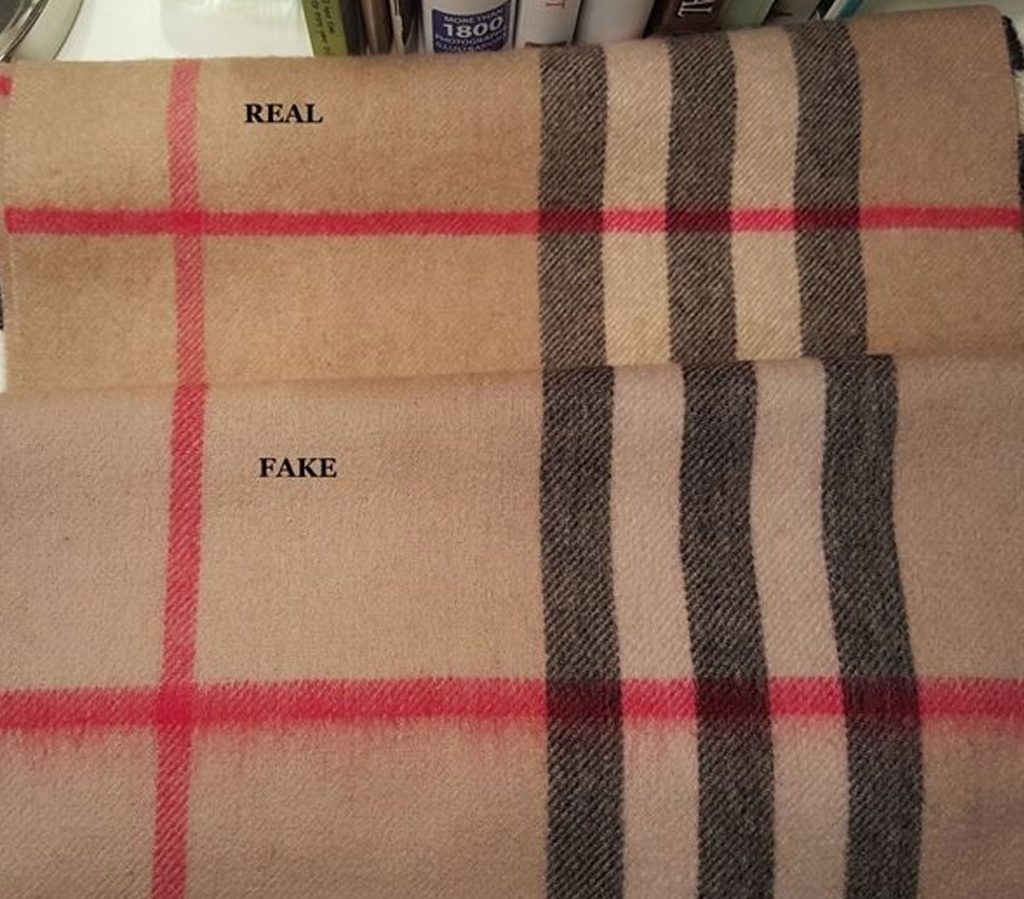
The market nowadays is full of cheap copies and fake Pashmina shawls and products. The Cashmere wool available in shops is often mixed with sheep wool and sold as luxury Cashmere wraps. This makes the Cashmere of today doubtful. Pashmina has been an exquisite art where 100% pure Cashmere is transformed into luxury shawls and scarves. But since the market is flooded with fake products, it becomes essential to look for authentic Cashmere and pure Pashmina shawls.
Why choose Cashmere?
Even though Cashmere wool is so warm and luxurious, it doesn't compromise on being an ethical product. Cashmere is ethically combed off the body of the Ladakhi goat, and no living beings are harmed in the entire process. The goat grows the fleece back at the start of winter and hence does not face any problems due to the absence of wool over its body.
Hence we have a large number of reasons to choose Cashmere over its counterparts. Firstly, the wool is acquired without the use of any machines and in ethical ways without harming the Cashmere-producing goat. Secondly, wool is eco-friendly and developed without any harm to the environment. And lastly, the quality is so pure that it lasts for decades together. Yet its grace never loses itself, however old a shawl or scarf might be.
Also read: WHY IS CASHMERE CONTROVERSIAL?
Concluding
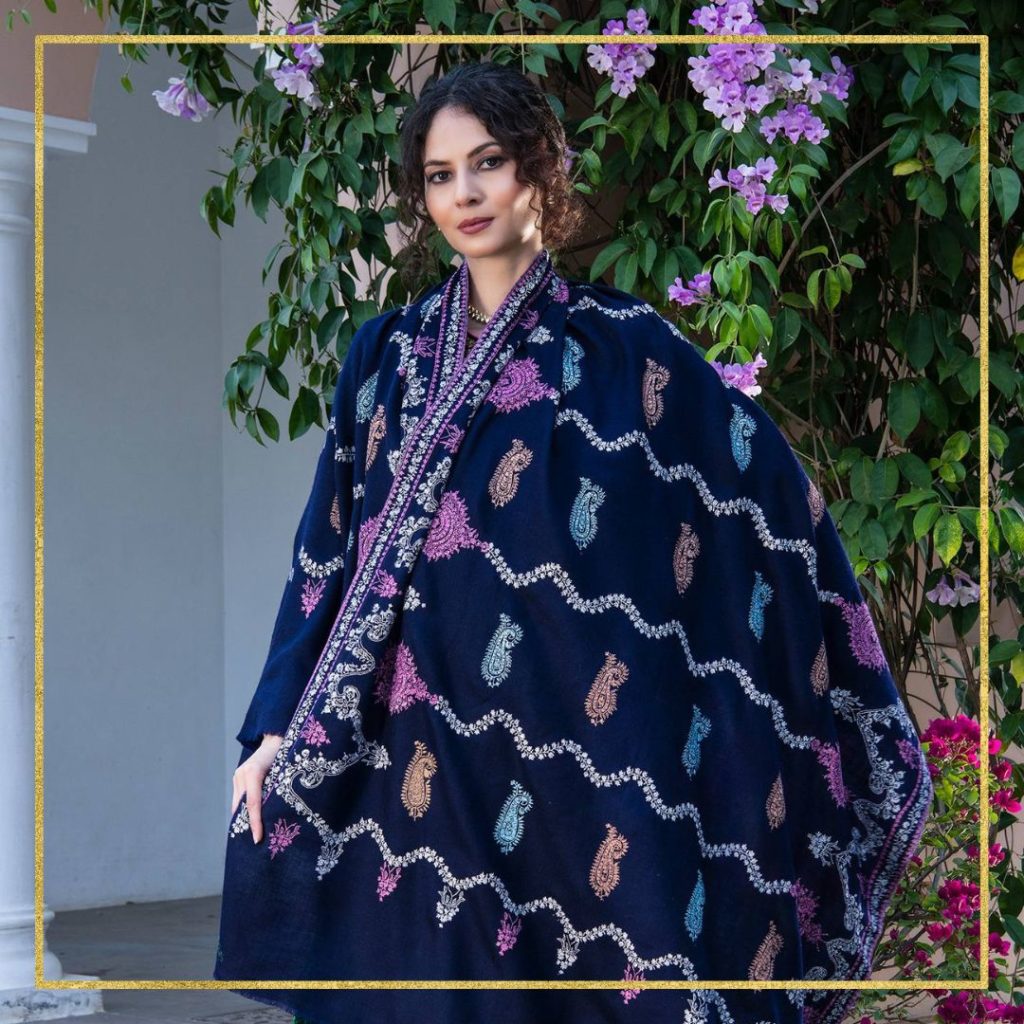
Call it Cashmere or Pashmina, we are totally obsessed with fine wool and its resulting products. The way they are so easy to carry owing to their lightweight and softness, the way they never cause any irritation to the skin, hence being the best companion in the fall and winter seasons, and the way they wrap one in an unforgettable warmth, is just perfect.
Also read: HOW LONG DOES CASHMERE LAST?